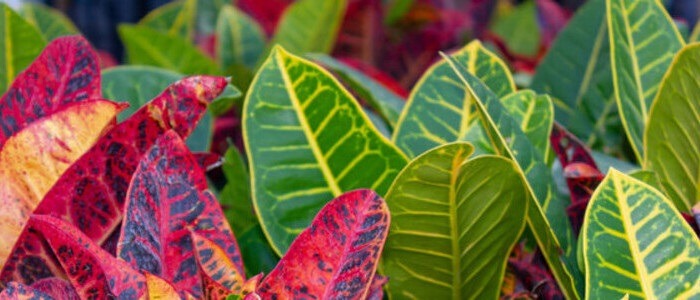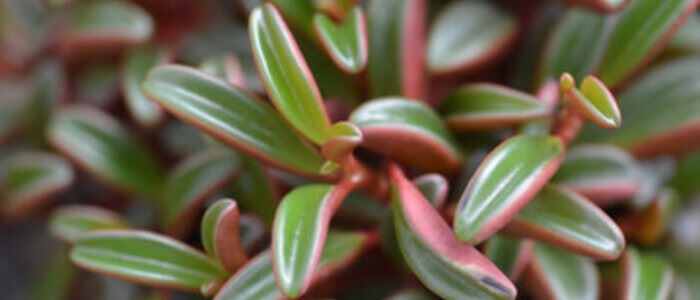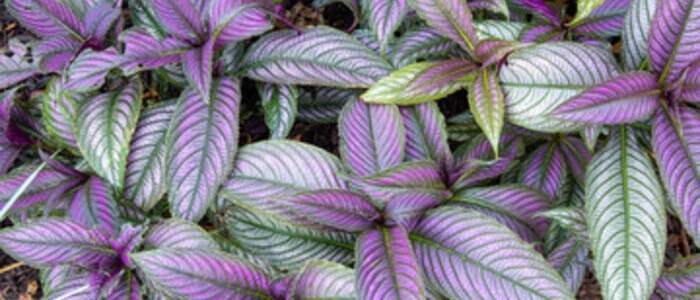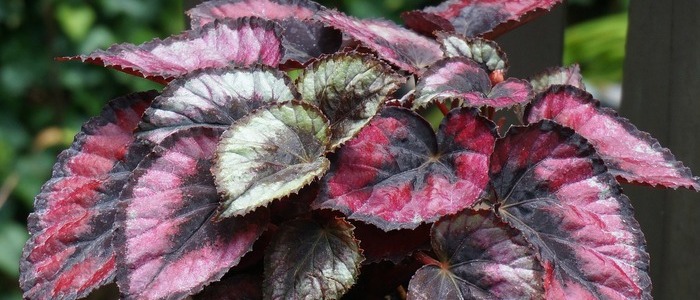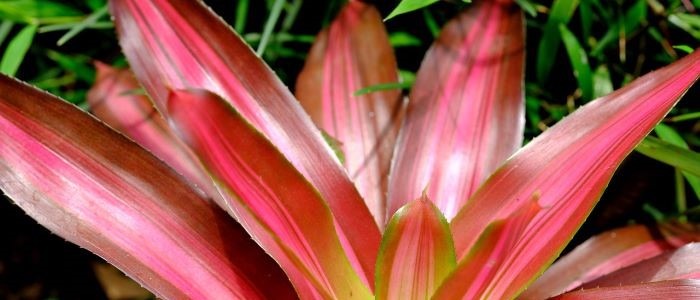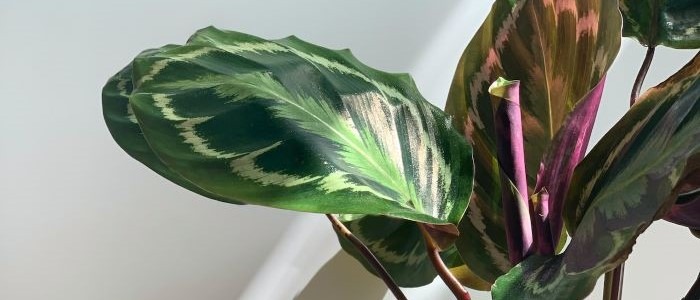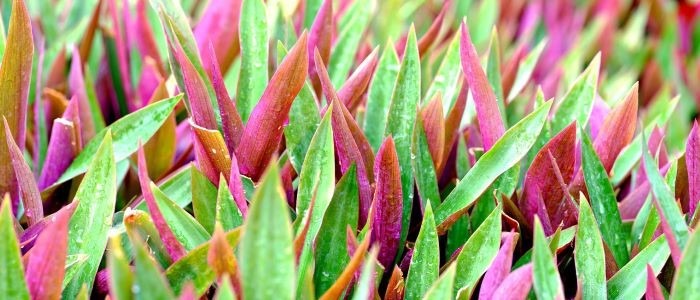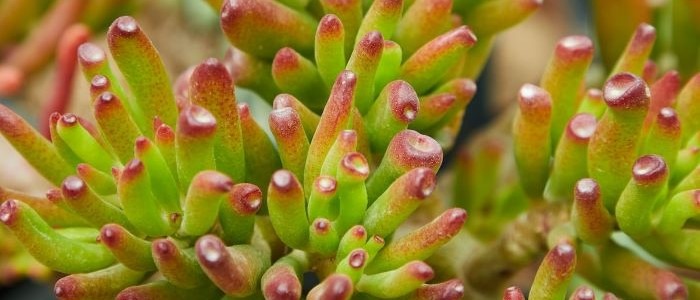Are you looking for an exotic succulent for your garden? Well, the red pagoda plant fits the bill perfectly! With its unique shape and vibrant red color, it is sure to add a pop of interest to any garden or indoor space. Plus, it is easy to care for and can thrive in a variety of conditions. Give the red pagoda plant a try, it’s a great choice for a focal point in your garden or as a statement piece in your home.
One of the most interesting things about the red pagoda plant is its shape. The leaves grow in a stacked formation, resembling the tiers of a pagoda or tower. However, in this article, we don’t only look at the eye-catching red color of the leaves or the fascinating shape of the plant but also at how to propagate, prune, and care for this amazing plant.

Red Pagoda Plant Frequently Asked Questions
How much light does the red pagoda plant need?
A red pagoda plant needs bright, indirect sunlight to thrive. Placing it near a window that receives a few hours of sunlight each day is ideal. If the plant is not receiving enough light, it may become leggy and the leaves may lose their vibrant color. However, it is important to avoid placing the plant in direct sunlight, as this can damage the leaves.
How much water does the Red Pagoda plant need?
The Red Pagoda plant requires consistent watering, but it is important not to overwater it. The soil should be kept moist but not waterlogged, and it is best to water the plant when the top inch of soil feels dry to the touch. During the winter months, the plant may require less frequent watering. It is also important to avoid getting water on the leaves, as this can cause damage or lead to disease.
How to Care for the Red Pagoda Plant
When caring for a red Pagoda plant, it is important to keep it in a well-lit area with indirect sunlight. Direct sunlight can scorch the leaves and cause damage to the plant. The plant should be watered regularly, but not overwatered, as this can lead to root rot.
It is also important to fertilize the plant every few months with a balanced fertilizer to promote healthy growth. Pruning the plant can also help to maintain its shape and encourage new growth.
Other factors to consider when caring for a pagoda plant include the temperature and humidity levels of the environment. The plant prefers a warm and humid climate, so it may benefit from misting or a humidifier. Additionally, it is important to keep an eye out for any pests or diseases that may affect the plant. Regularly inspecting the leaves and stems for any signs of damage or infestation can help prevent any issues from becoming too severe. With proper care, A red Pagoda plant can thrive and bring beauty to any space with proper care.
Overall, with proper care, the red Pagoda plant can thrive and add a beautiful touch to any indoor space.
Propagating the red pagoda plant
First, it’s important to note that the red pagoda plant is a tropical plant that thrives in warm, humid environments The best method for propagating this eye-catching plant is through stem cuttings. This method allows for the growth of new plants that are genetically identical to the parent plant, ensuring that the vibrant foliage is consistent throughout.
It is important to select a stem that is at least 4 inches long and has a few leaves on it, as this will provide the necessary nutrients for the new plant to grow. Remove the bottom leaves and dip the cut end in the rooting hormone. Then, plant the stem cutting in a pot filled with moist soil and cover it with a plastic bag to create a humid environment.
Following these tips, you can successfully propagate the red pagoda plant and enjoy its vibrant foliage in your home.
Tips for Pruning the Red Pagoda Plant
The red pagoda plant can be pruned to promote new growth and maintain its shape. Here are five tips to follow when pruning the red pagoda plant:
1. Identify the areas that need pruning: Before you start pruning, identify the branches or stems that need to be trimmed. Look for any dead, damaged, or diseased parts of the plant, as well as any crossing or rubbing branches.
2. Choose the right tools: Make sure you have the right tools for the job, such as pruning shears or a sharp pair of scissors. Clean your tools with rubbing alcohol or bleach before and after use to prevent the spread of disease.
3. Prune during the dormant period: The best time to prune your red pagoda plant is during its dormant period, which is usually in late winter or early spring. This is when the plant is not actively growing and will be less likely to suffer from the pruning process.
4. Cut at a 45-degree angle: When making cuts, angle your pruning shears or scissors at a 45-degree angle to promote healing and prevent damage to the plant. Cut just above a healthy bud or node to encourage new growth.
5. Don’t over-prune: Be careful not to over-prune your red pagoda plant, as this can cause stress and damage to the plant. Only remove dead, damaged, or diseased branches, as well as any branches that are crossing or rubbing against each other.
Remember to step back and assess the overall shape of the plant before making any cuts, and take your time to ensure a healthy and balanced result.
Common Problems that Can Affect the Red Pagoda Plant
One of the main issues that can harm the red pagoda plant is overwatering. This can lead to root rot and cause the plant to wilt and eventually die.
Another problem is inadequate sunlight, as the red pagoda plant requires plenty of bright, indirect light to thrive. In addition, pests such as spider mites and mealybugs can infest the plant and cause damage to its leaves and stem.
Finally, temperature fluctuations and cold drafts can also be detrimental to the red pagoda plant, as it prefers consistent temperatures above 60°F.
Conclusion
The red pagoda plant needs to be watered regularly, but not too much, and placed in a bright, indirect light location. It also benefits from occasional fertilization and pruning to maintain its shape and promote healthy growth.
With proper care, this plant can thrive and add a beautiful splash of color to home or office space.
Other Multi-color Houseplants

